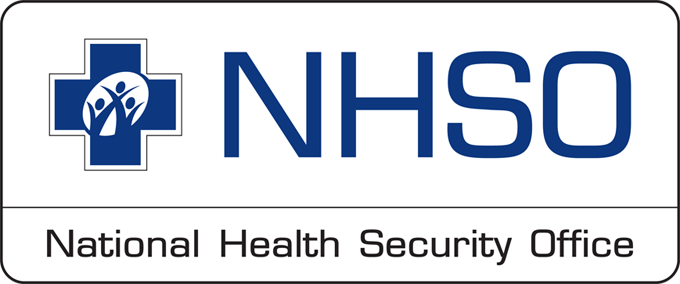
- Home
- DescriptionNews
Seamless care for patients living with respiratory diseases
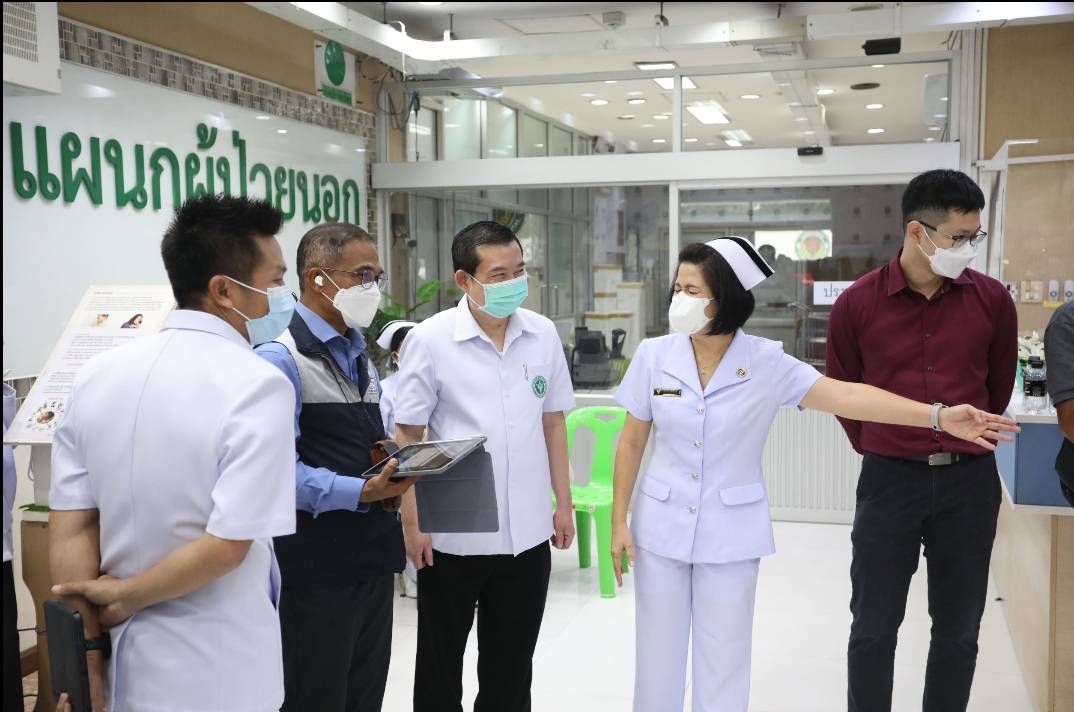
Seamless care for patients living with respiratory diseases
A state hospital initiates ‘seamless care’ to ensure patients' access to asthma and chronic obstructive pulmonary disease (COPD) care.
Located in Thailand's central Pathum Thani Province, Thanyaburi Hospital launched the Asthma and COPD Clinic in 2012. It has become a showcase for successful community-based care that effectively prevents respiratory symptoms' recurrence.
The hospital staff adopts the concept of seamless healthcare service, in which patients have smooth and safe transitions from the hospital to home while continuing to receive treatment and medication.

Sasipa Arisariyavoong, a leading nurse at Thanyaburi Hospital’s Asthma and COPD clinic, said that the key to successful seamless care is the participation of patients’ families and communities.
Hospital staff must facilitate collaboration among multi-stakeholders, she said.
For example, the hospital staff introduced homecare training for community caretakers and patients’ relatives. They learned how to improve patients’ conditions while recovering at home.
The hospital staff also taped the potential of the local hospitals' network and village health volunteers, who could share human resources and best practices for community-based care.
The success of Thanyaburi Hospital has been recognized nationwide, leading it to receive two awards the Excellent Award and Peer Recognition Award in the Easy Asthma and COPD Clinic (EACC) Annual Meeting last year.
Held by the Ministry of Public Health, the meeting brought networks of health experts and health units in asthma and COPD care to discuss their best practices.
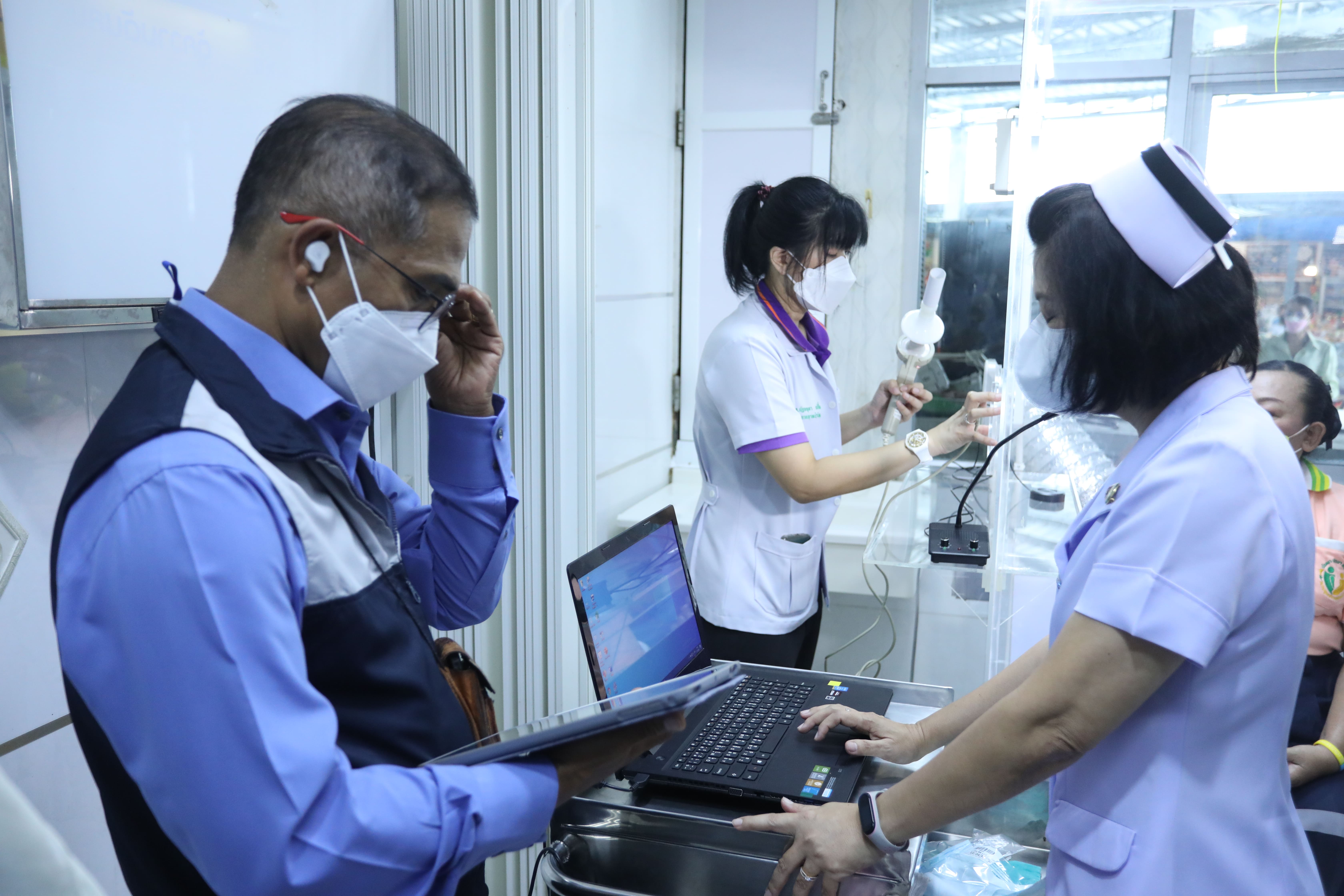
From pre- to post-hospital
Thanyaburi Hospital’s Asthma and COPD Clinic supports patients in three stages pre-hospital, in-hospital and post-hospital.
Pre-hospital stage focuses on health promotion and disease prevention, in which the clinic staff and hospital network join hands to educate local communities about the risk factors of asthma and COPD. The awareness raising also mentions the causes of the recurrence of asthma symptoms.
During in-hospital stage, the health staff highlights the safety of patients while staying at the hospital. They integrate ‘3P’ Patient safety, Personal safety, and People safety into their health services.
Patient and people safety links to a good environment in the hospital, eliminating the risk factors that cause complications or relapse in patients. In the meantime, people using the hospital services can still access care safely.
Personal safety means ensuring the safety of health staff while providing the services.
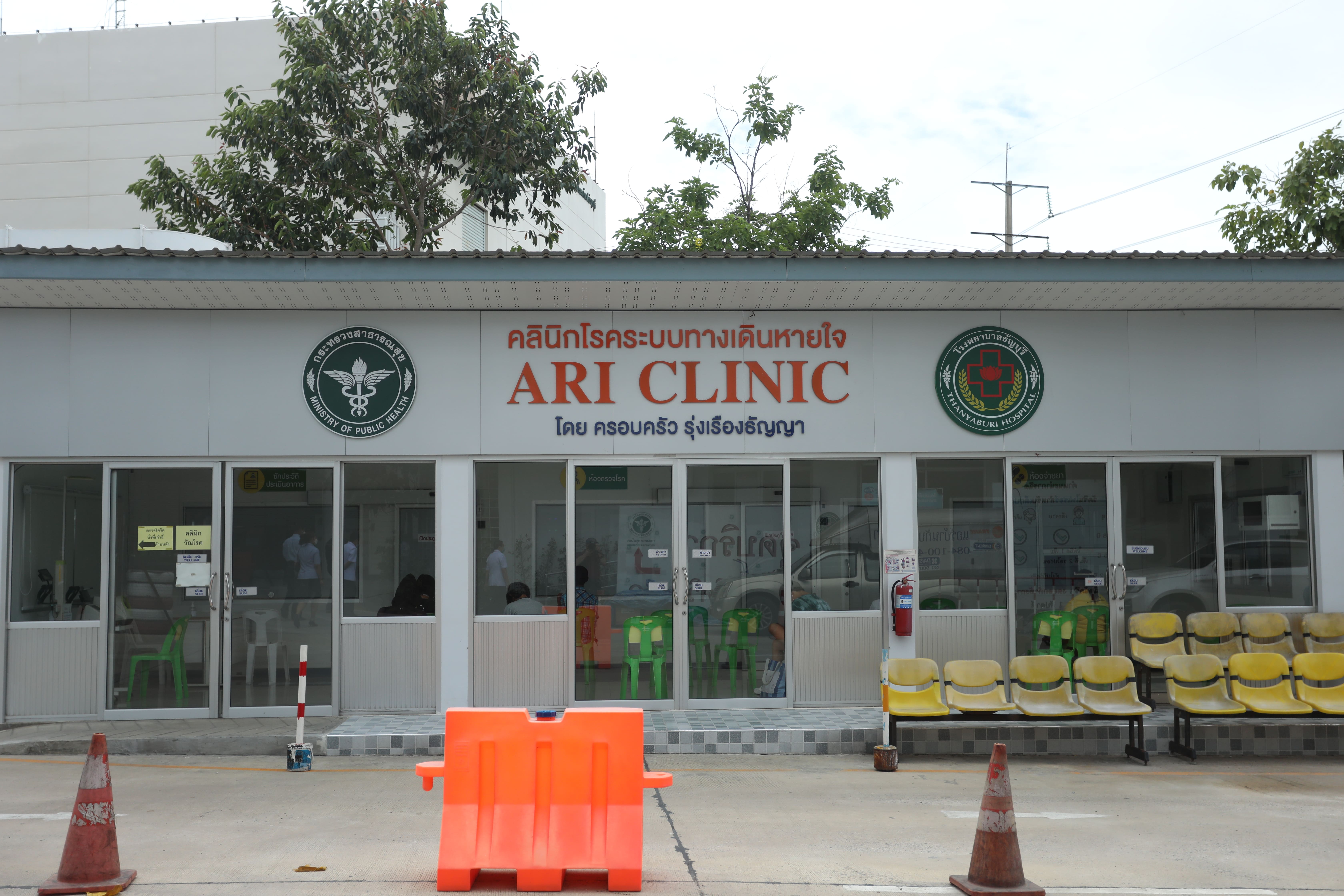
Post-hospital stage highlights the improvement of patients’ conditions after discharge from the hospital. Health staff regularly visit patients at their homes and collaborate with their families and community members in caring for them and managing risk factors, including pet fur and dust.
Caretakers and village health volunteers track the patients’ conditions and report back to the hospital staff.
Ensuring the smooth and safe transitions between each stage produced some good outcomes.
Despite the pandemic, 81.58% of patients under the care of the Asthma and COPD Clinic received medication consistently, including inhaled corticosteroids
The COPD recurrence rate was reduced to 55.79 persons in 100,000 populations. A hundred percent of the clinic’s patients could access COVID-19 health services, including testing and treatment.
Handling COVID-19 pandemic
During the COVID-19 pandemic, patients with asthma and COPD could not visit hospitals for regular medical checkups.
Thanyaburi Hospital must redesign its health services to ensure patients’ access to treatment and medications, including integrating the existing community-based care into coronavirus prevention and treatment.
“Patients living with asthma and COPD are in a high-risk group. They will likely have severe and life-threat symptoms if getting COVID-19,” said Sasipa
Seven patients under the clinic's care had COVID-19 during the pandemic’s first wave in 2020. Three of them died. Around 4% of patients had coronavirus during the second and third waves in 2020 and 2021.
“These patients are like our relatives. Three deaths are considered a big loss for us,” said Sasipa.
Due to the highly-contagious coronavirus, the health staff couldn’t perform regular pulmonary function tests because the patients would be at risk of contracting the virus when using a spirometer.

To continue the tests, Thanyaburi Hospital’s Director Dr Sarawut Thonseree said that his staff developed ‘Magic Box Safety for Life’ turning positive pressure testing booths into negative pressure cabinets where pulmonary function tests could be operated inside.
The hospital staff also added more communication channels with patients under the social distance measure.
Line application was mainly used to communicate with individual and group patients, who could still access medical consultancy while being away from the hospital. Hospital staff also sent medicines to patients via post.
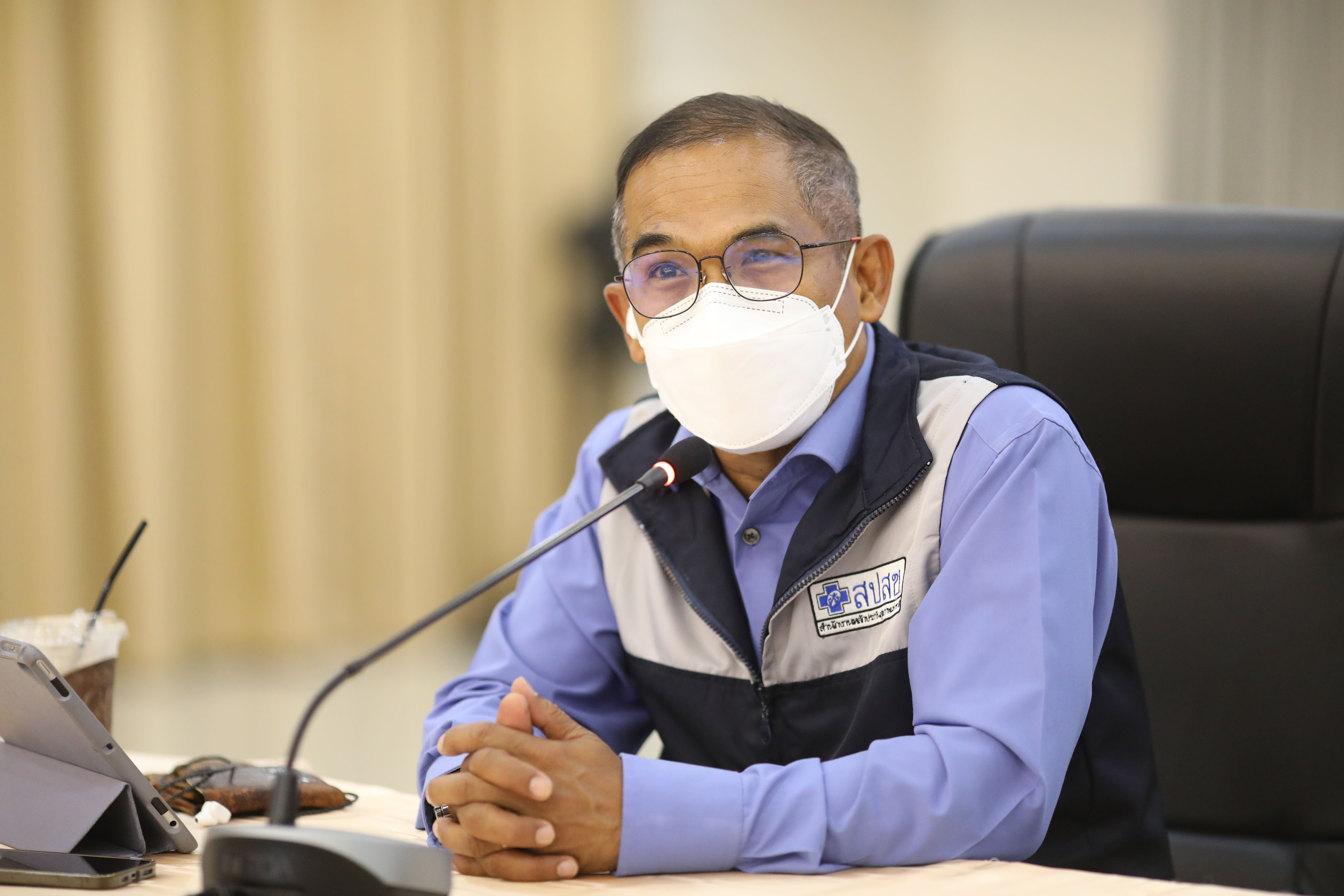
“Thanyaburi Hospital’s Asthma and COPD Clinic is a success story of seamless care that improve the quality of health service and patients’ life quality,” said Dr Apichat Rodsom, deputy secretary-general of the National Health Security Office (NHSO).
The NHSO has provided financial support to hospitals and covered the cost of healthcare fees for nearly 47 million Thais.
“We will encourage other hospitals to adopt Thanyaburi Hospital’s seamless care approach, which should not limit to asthma and COPD care.”
////////////////////////

